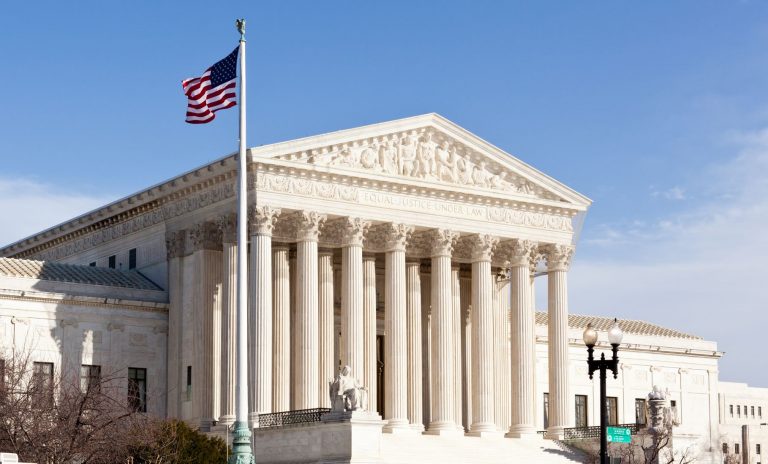Dismissal Pursuant to Rule 1.420(b) For Failure To Timely Amend Carries Consequence Of Dismissal With Prejudice
Dismissal Pursuant to Rule 1.420(b) For Failure To Timely Amend Carries Consequence Of Dismissal With Prejudice
In a recent decision, the 4th DCA reversed final judgment of foreclosure under doctrine of res judicata in Schindler v. The Bank of New York Mellon Trust Co. Here, the bank filed a foreclosure (first foreclosure). The borrower moved to dismiss. The court dismissed the complaint due to the failure to file a verified complaint, but granted the bank leave to amend within 30 days. When the bank failed to file an amended complaint within the time required, the borrower moved to dismiss pursuant to Rule 1.420(b).
Following a hearing on the second motion to dismiss, the court entered an order granting the bank an additional 20 days to amend. The order also memorialized a stipulation by the parties that in the event the bank failed to amend within the 20 days, the borrower could notify the court and the case would be dismissed in accordance with the rule without the need for an additional motion or hearing. The bank failed to amend in the time provided. As such, the court dismissed noting that the bank had “chosen not to timely file an amended complaint,” and that the case was dismissed pursuant to rule 1.420(b).
The bank then file a second complaint, but it was predicated upon the same default asserted in the first complaint. The borrower asserted an affirmative defense alleging that the bank failed to provide notice of the breach and acceleration as required under the terms of the mortgage. The trial court rejected the defense holding that the prior dismissal pursuant to rule 1.420(b) was “without prejudice.”
The appellate court noted that a dismissal pursuant to rule 1.420(b) operates as an adjudication on the merits, and therefore a dismissal with prejudice unless the dismissal was for lack of jurisdiction, improper venue or for lack of an indispensable party. Since none of these exceptions were present in this case, the dismissal operated as an adjudication on the merits, and therefore was with prejudice despite the absence of those words from the order. The court also noted the case law discussing a court’s discretion to dismiss a case with prejudice for an egregious violation of a court order, recognizing that a trial court, prior to exercising its discretion, must make an express finding that the failure to comply was willful or contumacious. The court also noted case law holding that a court cannot dismiss a case with prejudice under rule 1.420(b) for a failure to amend unless it first notifies the offending party of the consequences of failing to amend. Here, the court rejected the bank’s argument that it was not properly notified that the dismissal would be with prejudice because the penultimate order of dismissal warned that a failure to amend would result in a dismissal under rule 1.420(b), i.e., with prejudice. As such, the bank was given sufficient notice of the consequences for failing to timely amend. The court’s order also satisfied the requirement for an express finding of willfulness by stating that the bank “chose [] not to timely file an amended complaint.” Schindler v. The Bank of New York Mellon Trust Co., 40 Fla. L. Weekly D812a (Fla. 4th DCA April 8, 2015).
Importance of the decision: One can only speculate as to the reasons why the bank did not file a timely amended complaint, but the opinion highlights the need to diligently seek additional time to comply with a court order when the order contains a deadline for compliance. The case also highlights the need to be mindful of stipulations being included in court orders. Here, it is likely that in stipulating to include in the order the language about a dismissal pursuant to rule 1,420(b), the attorney may not have been fully aware that such a dismissal would operate as an adjudication of the merits thus precluding a separate suit predicated upon the same default. While this would seem obvious, it would be interesting to know how much was spent in attorney’s fees litigating the second foreclosure and appeal, and how much the bank was likely required to pay in attorney’s fees to the borrower.









